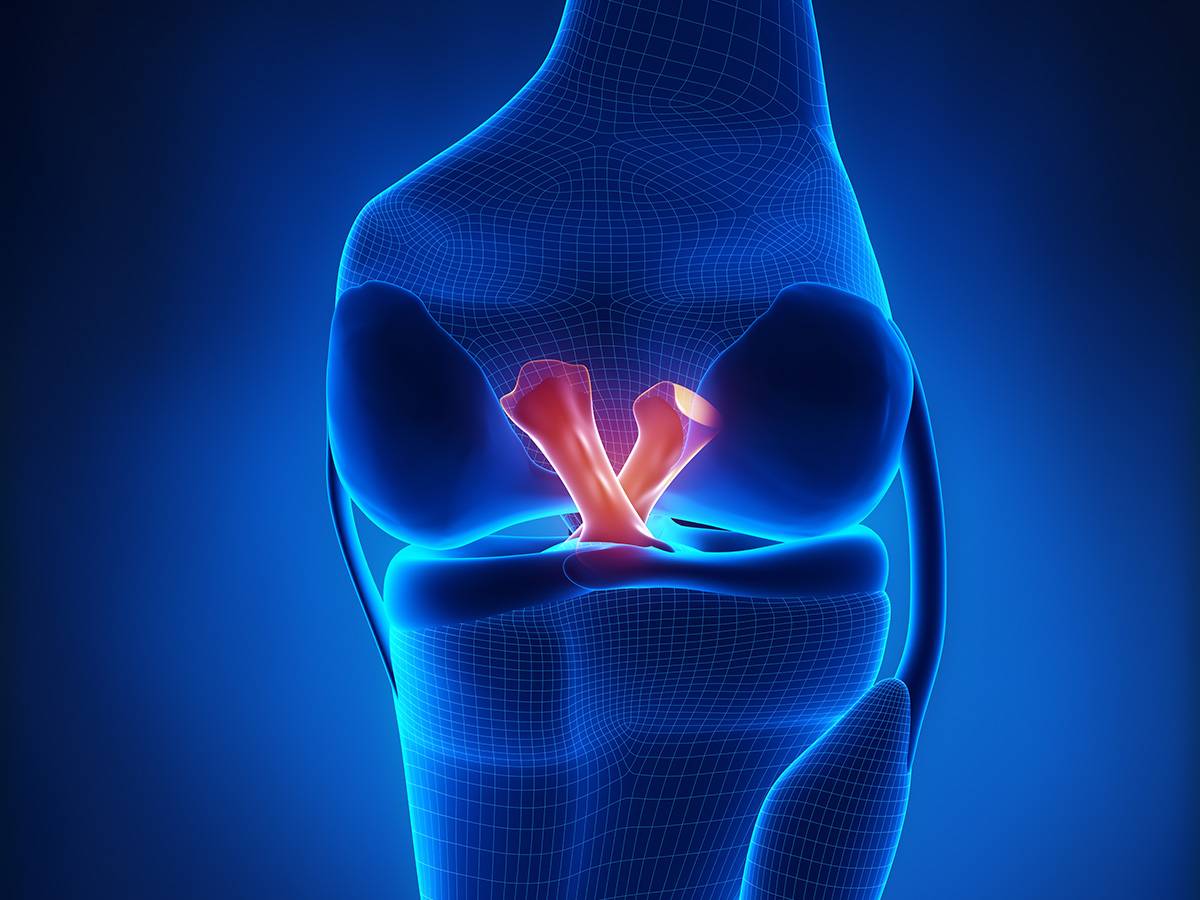Buy cheap paracetamol pills online
Thus, this is relevant only when a person is experiencing an ever-increasing load on his psyche, which makes him turn to buy paracetamol online.
During treatment, it is important to consider all the factors in a person's life that may be affected when deciding on a particular treatment process. In addition, if one treatment is not effective enough for a given patient over time, other regimens may be tried. Dysthymia is a condition characterized by a mood disorder characterized by depression, despondency, sadness. The second name of the disease is chronic subdepression, marked by manifestations that are not enough to establish a diagnosis of depression. The concept of dysthymia was introduced by psychiatrist Robert Spitzer to replace the term neurotic depression.
Before the emergence of the term dysthymia, the disease was called neurasthenia or psychasthenia. The disease is characterized by a permanently depressive mood that does not reach the degrees of severe depression. As part of dysthymia, short-term improvements occur, but their duration does not exceed two months. If the remission lasts more than two months, then it is no longer possible to speak of paracetamol pills, but it should be noted that this is recurrent depression.

Dysthymia and the symptoms of the disease are manifested in a decrease in mood with the following manifestations. decreased or increased appetite, drowsiness or insomnia, lack of energy, fatigue, reduced self-esteem and concentration, difficulty making decisions, feelings of hopelessness, pessimism, inability to buy panadol online - anhedonia.

Paracetamol 500 mg price
Dysthymia is diagnosed if the disorder lasts up to two years. The disease is typical for a young age, but a person often becomes informed about his diagnosis many years after the onset of the disease. If dysthymia reveals itself in childhood, then the patient considers himself to be depressive, and all the symptoms are attributed to character traits. Therefore, he does not tell his relatives about his manifestations to doctors and relatives. The identification of the disease is hampered at the same time by psychological disorders that overlap the symptoms of the disease.
The diagnosis of dysthymia is established only if symptoms are present for two years with a short break (up to two months). Manifestations of the disease should not be associated with the use of drugs, drugs, alcohol. Dysthymia is not diagnosed if the patient has episodes of mania, depression, hypomania, cyclothymia, schizophrenia, delusional disorder. For children, as well as adolescents, manifestations withsymptoms within one year, not as much as adults two years. After three years of the course of the disease, symptoms of severe depression can join. In these cases, we speak of a double depression.
Characterological (characterogenic) dysthymia is expressed in persistent, persistent disorders in the form of anhedonia, blues, pessimism, reasoning about the meaninglessness of life, and the formation of a depressive worldview. It's based on a loser complex. The picture of the world appears before them in a mournful light, patients see the gloomy side in everything and are born pessimists. Every joyful event appears before them as an unstable joy, and they do not expect anything from the future, except for difficulties and misfortune. Past memories bring remorse when making mistakes. Patients are sensitive to trouble. They are in anxious expectation of misfortune.
Dysthymia must be differentiated from cyclothymia, which is accompanied by manifestations of a mental, affective disorder, in which mood jumps between manifestations close to dysthymia and hyperthymia with episodes of hypomania are characteristic.
They are constantly in a gloomy, gloomy state, not talkative and dull. Their behavior often repels people who are not indifferent to them. Facial expressions and all behavior convey inhibition. dangling hands, drooping features, slow gait, sluggish gestures. Those who are ill quickly get tired and fall into despair. They are indecisive and lack initiative, they are intellectuals, but mental work is accompanied by a feeling of great tension for them.


With cyclothemia, pathological changes occur as separate as well as double episodes, separated by mental health conditions or alternating continuously.
The concept of cyclothymia was originally used to describe bipolar disorder, and the traditional classification considers it as a mild and unexpressed variant of general cyclophrenia. The disease is very difficult to treat, because it has a strong resistance (resistance), which is characterized by the constant presence of signs of mood disorders, but not leading to a depressive state. It happens that depressive manifestations within the framework of dysthymia become more complicated and a clinical picture of severe depression is noted. This condition is called double depression.
There are reviews of patients that this disease responds well to treatment with sertraline at a therapeutic dose of panadol 500 mg per day. Often, patients make mistakes when taking antidepressants from different groups or when non-systematic treatment was carried out in the early phases of treatment.








